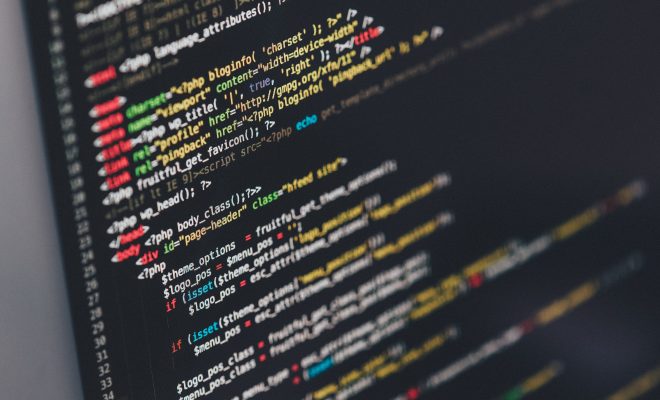Biden administration plans more student debt cuts

As the American economy continues to grapple with the lingering effects of the COVID-19 pandemic and inflationary pressures, the Biden administration is now reiterating its commitment to providing financial relief to millions of student loan borrowers. In a recent announcement, the administration unveiled plans to implement further cuts to student debt, a move that many see as both a necessary step toward economic recovery and an attempt to address the growing crisis of student loan debt in the United States.
The Context of Student Debt in America
Student loan debt has emerged as a significant financial burden for American families, with the total outstanding debt exceeding $1.6 trillion. This staggering figure has resulted in widespread calls for reform, especially as monthly payments resume after a pandemic-related pause. Many borrowers struggle to make ends meet, and the repercussions of heavy debt can be felt not only individually but also across the broader economy, limiting consumer spending and stunting growth.
Biden’s Approach to Student Debt Relief
The Biden administration has already taken steps to alleviate the financial pressures faced by borrowers, introducing plans that include targeted debt cancellation, expansions of existing repayment programs, and reforms to income-driven repayment plans. The administration’s latest proposal aims to build on these efforts, focusing on specific groups who have been disproportionately affected by student debt, such as low-income borrowers, those who attended for-profit institutions, and individuals employed in public service careers.
Key Features of the New Plan
1.Expanded Debt Cancellation: The administration aims to expand debt relief for borrowers who qualify under the proposed criteria. This includes individuals who have consistently been in repayment for long periods without seeing a significant reduction in their loan balances, as well as those who have had their educational institutions closed or defrauded.
2. Improved Income-Driven Repayment (IDR) Plans: The Path Forward will introduce more flexible income-driven repayment plans that prioritize borrowers’ financial stability. These plans may include reducing the percentage of discretionary income that borrowers are required to pay and lengthening the forgiveness timeline for certain groups.
3. Support for Public Service Workers: Borrowers who work in public service jobs will receive greater support under the new plan. This includes enhancements to the Public Service Loan Forgiveness (PSLF) program, making it easier for eligible borrowers to access forgiveness after fulfilling their service commitments.
4. Focus on Equity: Recognizing the disproportionate impact of student debt on communities of color, the administration is also emphasizing equity in its debt relief initiatives. Plans to analyze and address the systemic barriers faced by marginalized groups are a priority, with the intent of creating a more equitable higher education financing landscape.
Challenges Ahead
While the Biden administration’s commitment to tackling student debt is commendable, it does not come without challenges. Critics argue that blanket debt cancellation could create moral hazard issues or that it might disproportionately benefit individuals with post-graduate degrees. Additionally, navigating the complexities of federal budget constraints and the political landscape poses a significant challenge to the implementation of widespread debt relief.
Implications for Borrowers and the Economy
The potential for further student debt cuts under the Biden administration could provide much-needed relief for millions of borrowers, allowing them to redirect funds towards savings, home ownership, and other investments that stimulate the economy. Furthermore, addressing student debt could also alleviate the psychological stress that many borrowers experience, contributing to an overall improvement in mental health and well-being.
Conclusion
As the Biden administration outlines its plans for more student debt cuts, the focus on providing relief to borrowers is a crucial step toward addressing a long-standing economic issue. With millions of Americans waiting for financial relief, the administration’s ability to successfully implement these plans will not only impact individuals but will also play a pivotal role in shaping the future of the nation’s economy. As legislation is proposed and discussed, it remains essential for policymakers to engage with stakeholders and develop solutions that create a sustainable and equitable higher education financing system for generations to come.






